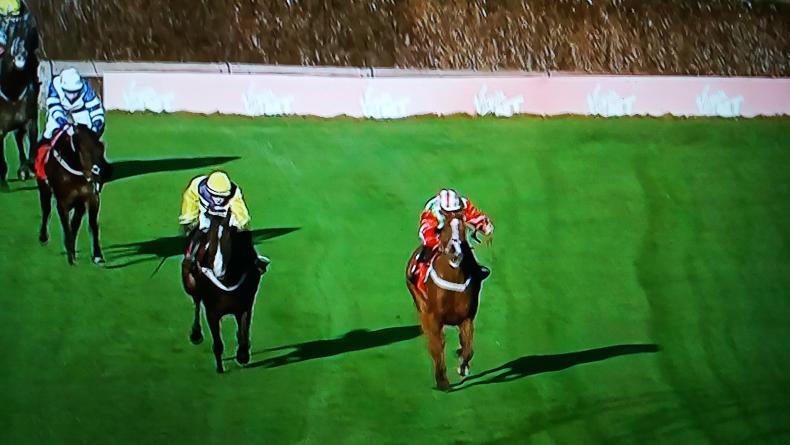NOT for the first time we had a high-class chase affected by the omission of key fences, as Aintree’s Old Roan Chase lost its last three fences on Sunday.
Who knows if Forest Bihan would still have won but the race was ruined for many who might have backed Frodon or Kalashnikov and it seemed a faster, fitter horse in Forest Bihan was given an advantage, and one that was only evident at a very late stage when the fences were omitted. Good jumpers were at a disadvantage by what became a flat race for the length of the long Aintree straight.
There are strong grounds for arguing that it was a different race with 10 fences rather than 16, three of them at a crucial stage when good jumps gain lengths.
The first thing to stress is that we are more safety-conscious now than we were 30 years ago. Back then, you imagine horses must just have galloped into the sun and a fall was a fall.
If jockeys are saying they are blinded by low sun, there’s not much officials can do. Driving into low sun this week, you can easily be dazzled to the point of partial blindness and I certainly would not like to face up to a four-foot fence on horseback.
And it’s not that it wouldn’t happen in Ireland, as some commentators have offered. The last fence and hurdle were omitted on the Saturday of Leopardstown’s Dublin Racing Festival.
Obstacles can be omitted due to low sun potentially blinding the oncoming runners, or sun causing a shadow that the horse may mistake as part of the obstacle, also causing a safety risk. I remain convinced this is what caused Annie Power to fall at the last in that Mares’ Hurdle – she stood off a shadow as well as the hurdle and didn’t make the added distance.
Disquiet
Where the disquiet arose was in how late the track took action beforehand on an issue that was always likely to cause trouble. Little consideration was given as to how the race had changed for those who had already backed either of the front two in the market.
If officials posted a photograph on social media of the view faced by horses and riders it would prevent much of the negative reaction in the first instance. Let’s see what they see.
Footage from the head-on TV camera did not suggest the sun was directly in the faces of the runners going to the last. And surely an assessment early in the day could have ensured that all measures were taken to avoid fences being bypassed in the big race.
Officials must have known when the sunlight would hit the fences in the straight, and measures could have been taken to move the main race of the day to later, when none were bypassed.
